I shot my first ever roll of film around 2 years ago. Since then, I have shot 5 rolls. I am no more than a beginner in film photography. It all started when I discovered a magic drawer containing all the cameras that my father had inherited or bought during his life, that is, more than 30 film cameras of all sorts.
At first camera illiterate, I was only toying with the ones that had the craziest looks. Soon after that came the time to prepare my university exchange abroad, in Tehran, Iran, where I would stay for one year. After wondering whether I should bother myself bringing a film camera in addition to my small digital camera, my father endowed me with the precious Olympus OM2n that he had used in his youth, accompanied by an array of Zuiko lenses, and I decided to bring it along.
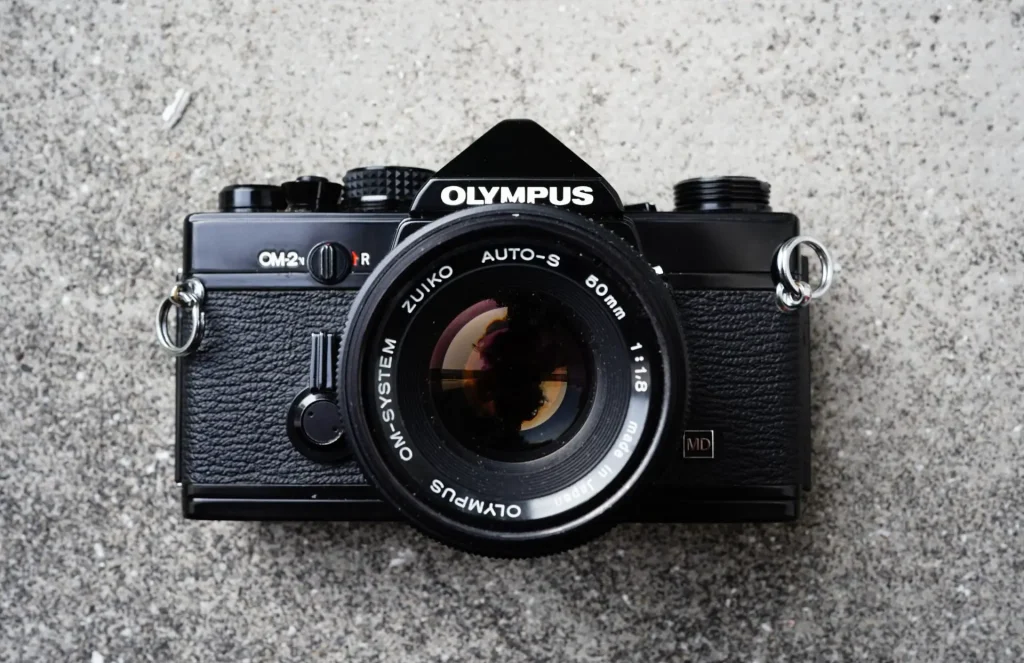
Iran is a wonderful place for many things, among which photography. A country vastly unspoiled by the ravages of the industry of tourism, the average traveler will feel more welcome there than in many countries. Different things participate to that: a preserved culture of hospitality and help to travelers and foreigners that persisted in Iran and in general in the Middle-East and Central Asia, but also the desire of many Iranians, linked to the relative isolation of the country in the past decades, to have some sort of contact with “the West”, still an object of desire and fascination in many parts of the world.
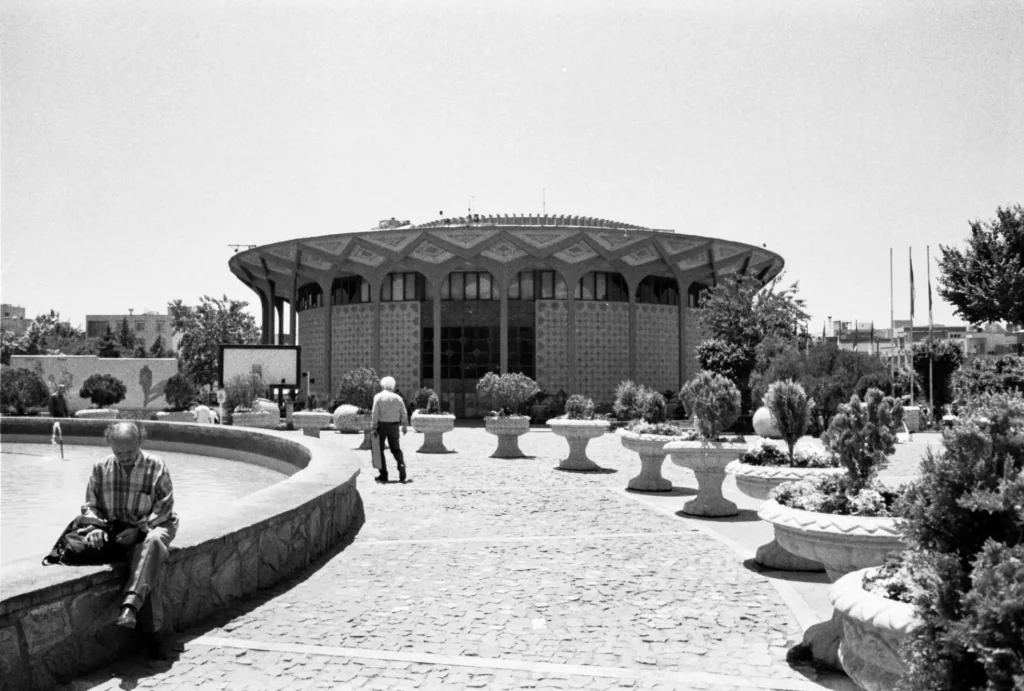
This context and the attitudes of Iranians towards foreigners translate in photographic terms to a general curiosity of people towards you and what you’re doing here, and thus it is possible to have contacts with people very easily through casual talks. It also means that people are usually very open to being photographed as long as you ask them beforehand, and even more if you can show that you are interested in the country and speak Persian.
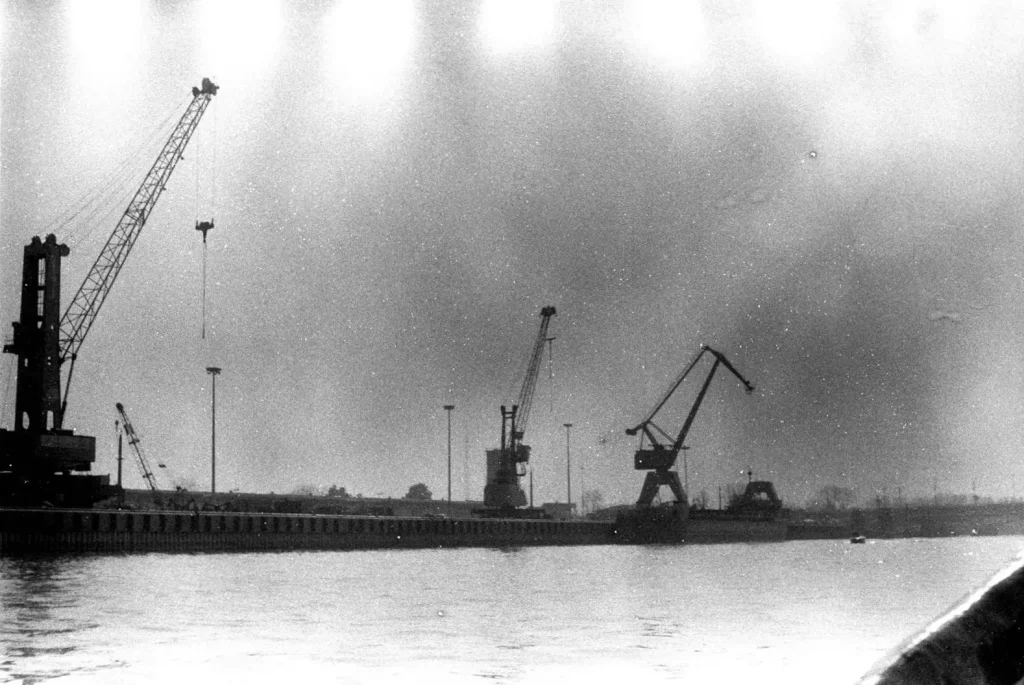
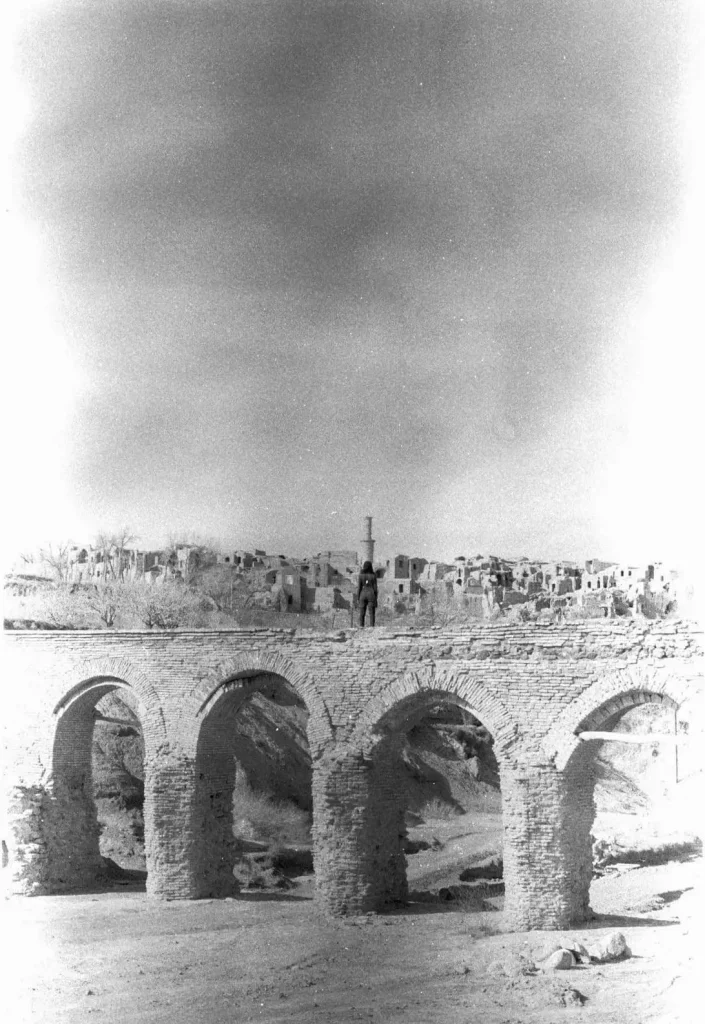
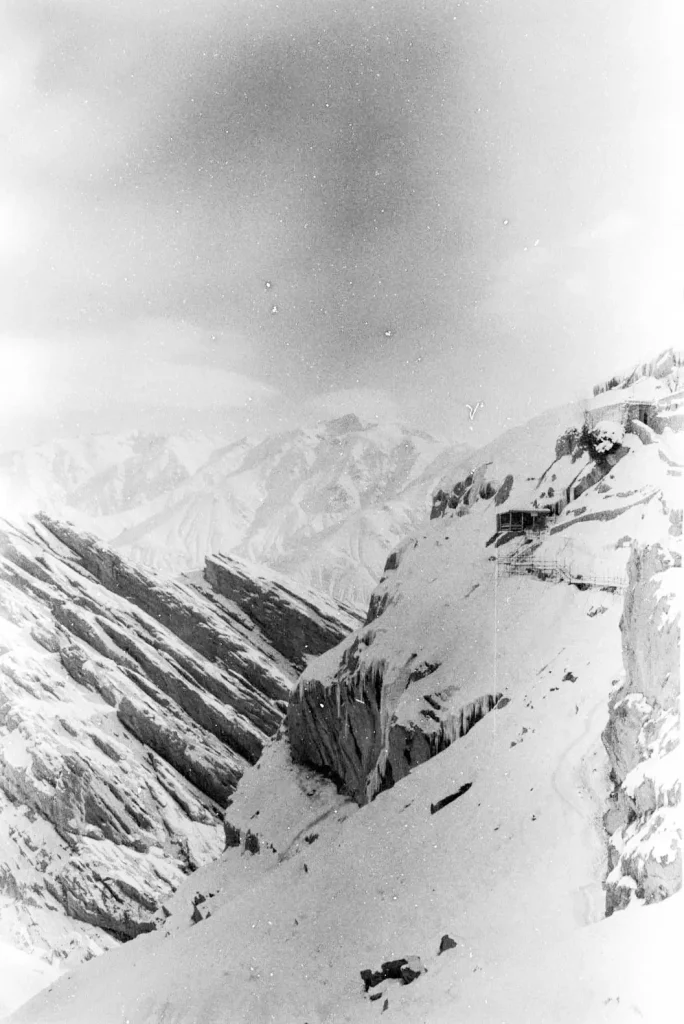
I went to Iran the very same year I was discovering photography, and am thankful that I brought a camera to the country. My interest in the country, its people and the experiences I lived there was a great motivation to take pictures and to get better at it, and, vice versa, the camera often became a good reason to go to places I wouldn’t have been to, or to talk to people I wouldn’t have met otherwise. The camera had been a way to record my experiences, but soon became the primary motive for these experiences.
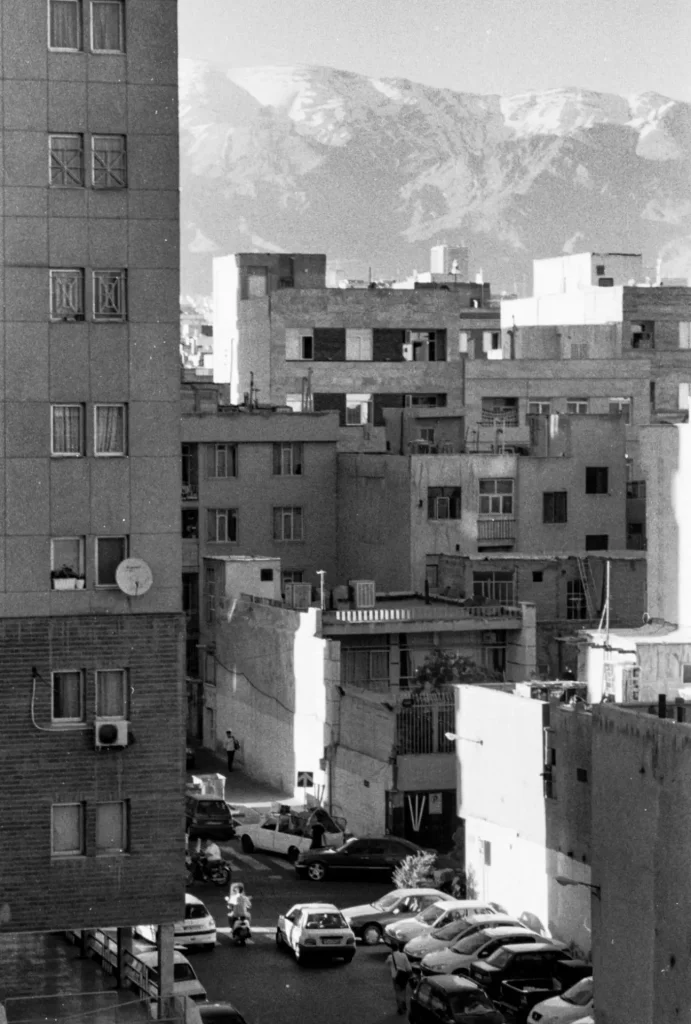
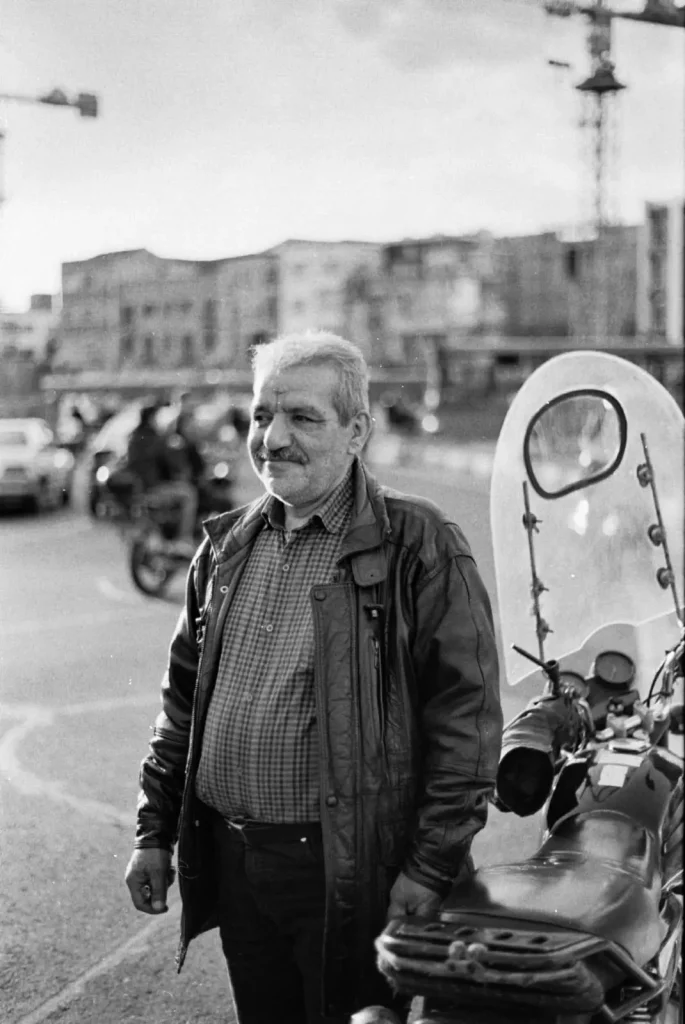
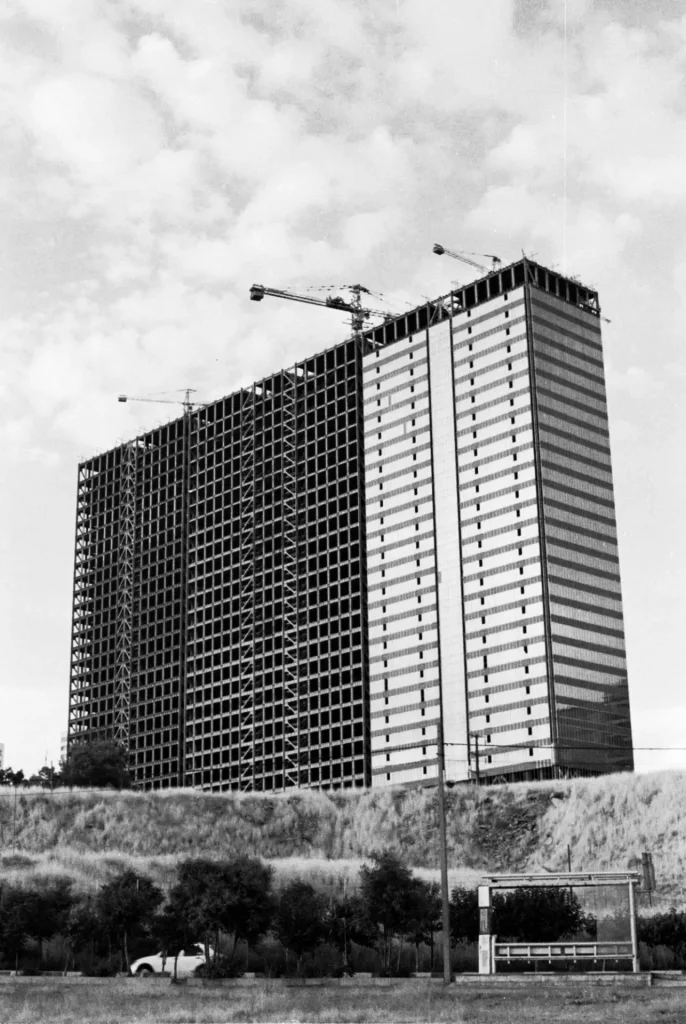
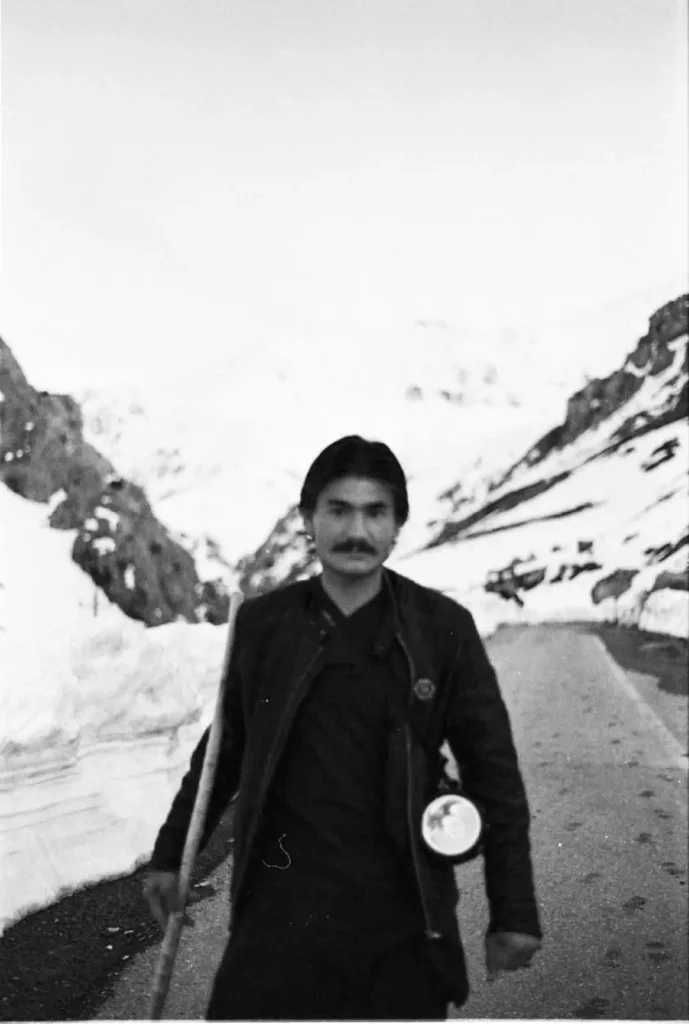
I had taken some snapshots with my OM2 in Tehran before, but had always chosen my digital camera to travel, mistakenly afraid of missing a shot or running out of film.
The camera I was using most of the time was actually a small mirrorless camera with a fixed lens (Lumix GX9 with 40mm equivalent lens.). It was not until I lost this camera while traveling (and miraculously found it again several thousand kilometers away a few months later) that I dared to dip entirely in analog photography.
So for my next travel, I just brought my OM2 and two lenses. I set course with a friend towards the southern coast of Iran, along the Persian Gulf. We joined our starting point, Bandar Abbas, by taking the 24 hour-long train from Tehran to Bandar Abbas, and then during two weeks we hitchiked, camped and mostly met people along the small road towards the city of Bushehr. The photos you can see along the article are pictures from this trip, as well as from Tehran and its region.
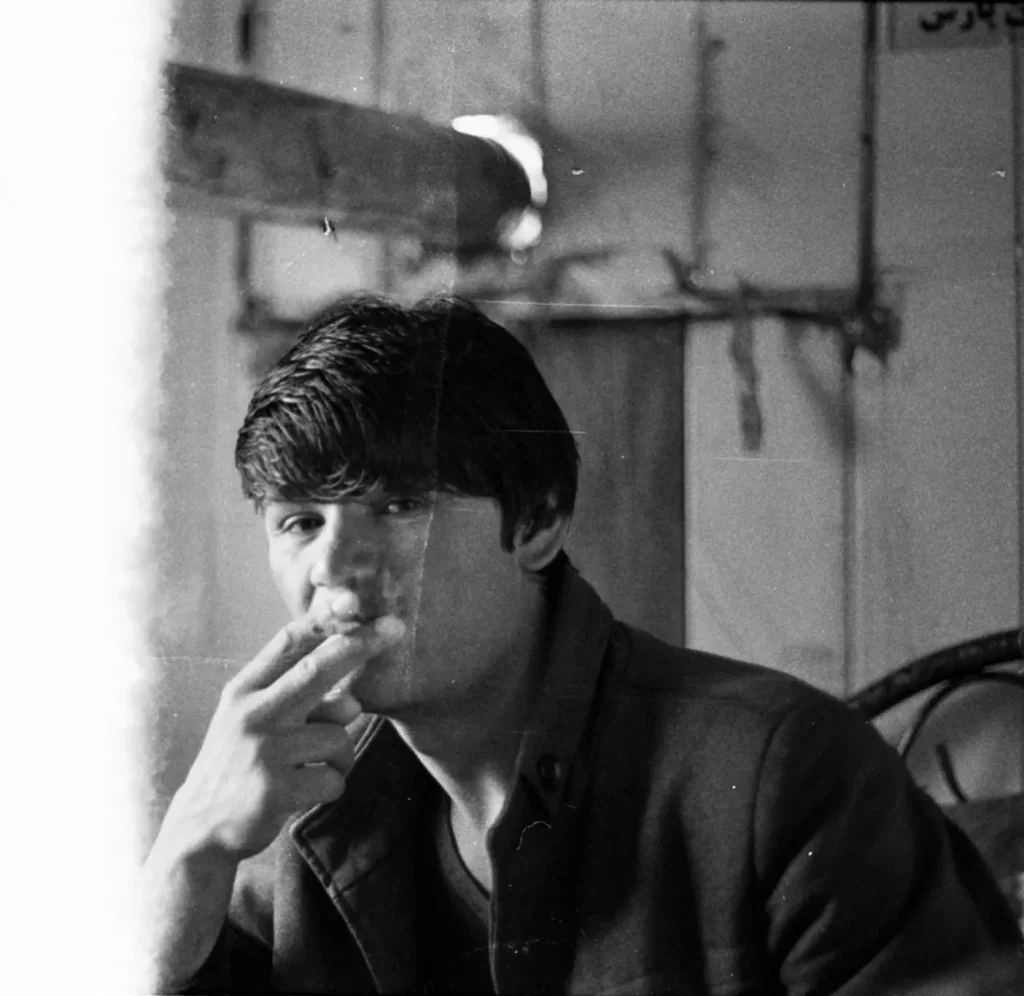
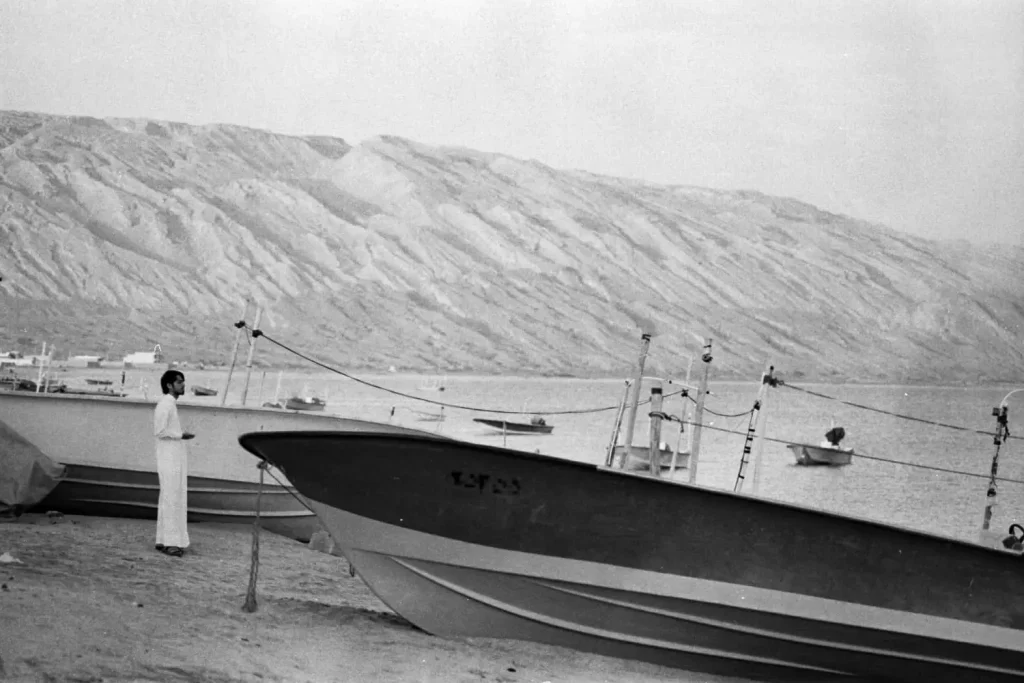
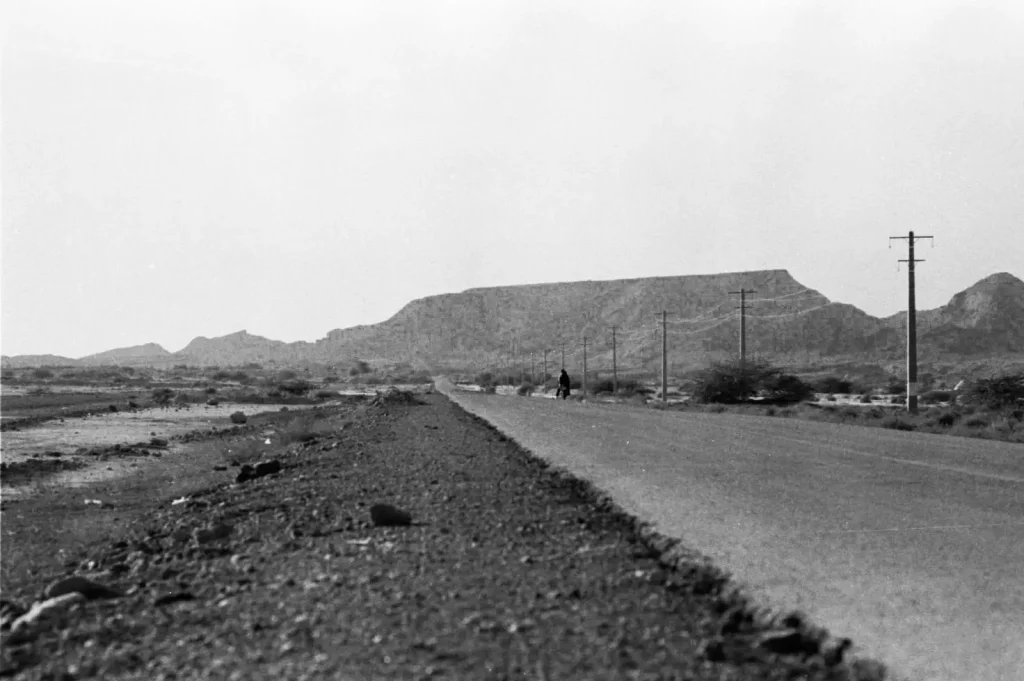
For the anecdote, one of the rolls that these pictures are from was miraculously saved by a Iranian friend of mine, professor of photography and expert developer. Unbeknownst to me, my camera was at first overexposing all pictures taken by three stops, and was crippled by light leaks. During the development of the roll, he understood that and managed to do his magic so that most of the images could be saved, giving them unique defects that I find give an interesting character to the pictures.
For the technical details, some of these pictures were shot on expired Fujicolor C200 and then converted to B&W (which might warrant me some head scratching from purists), some others are native B&W Ilford Pan 400. The pictures were taken with the 28mm, 50mm and the magnificent 100mm f2.8 Zuiko lenses.
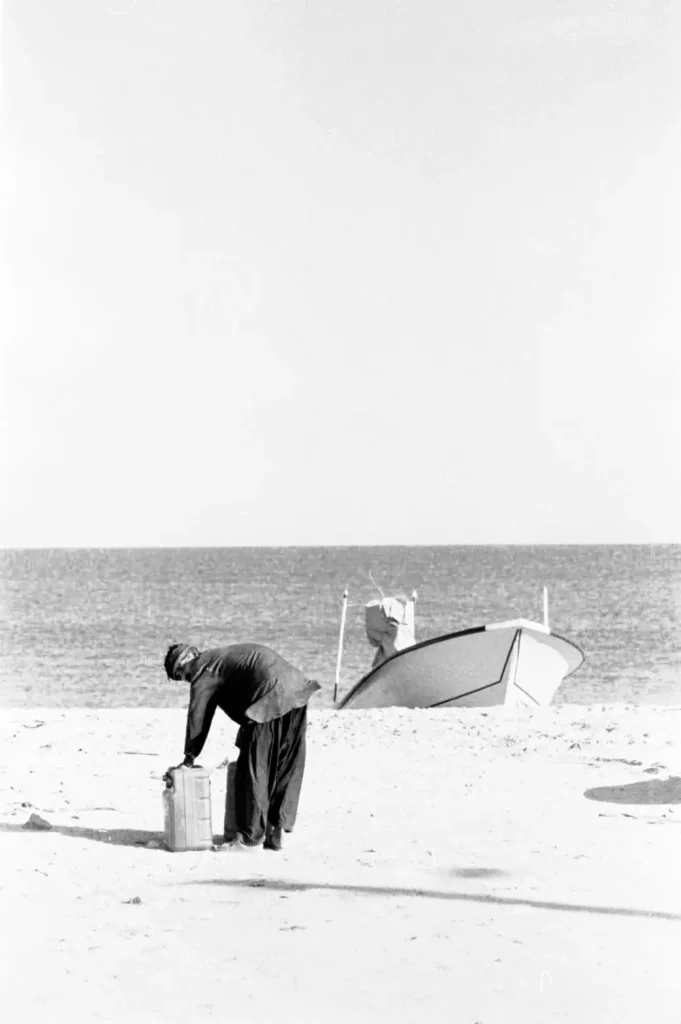
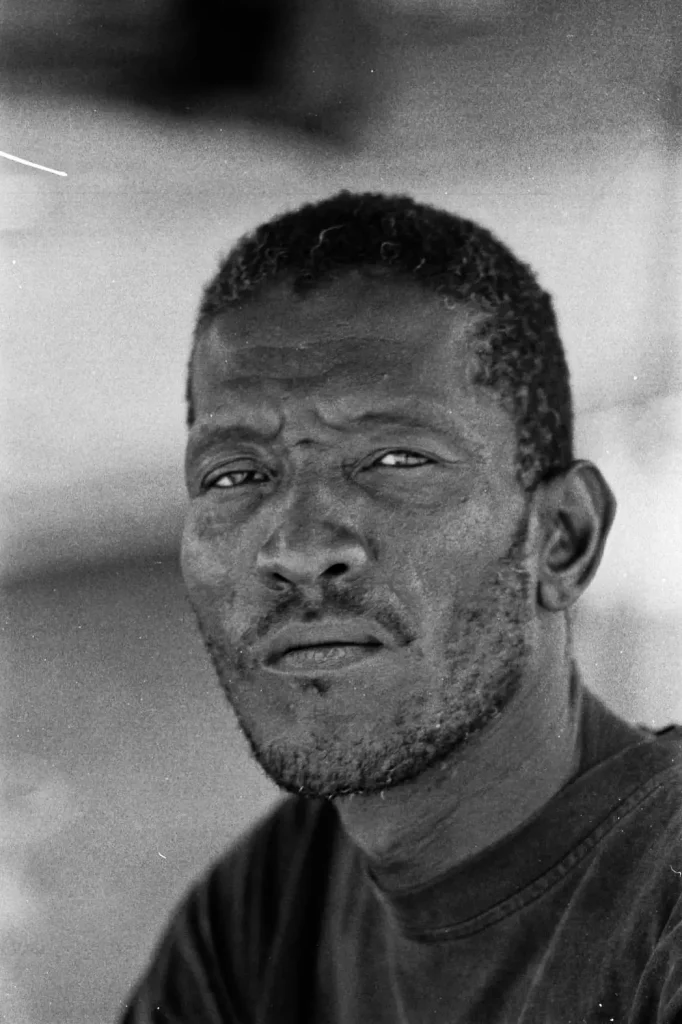
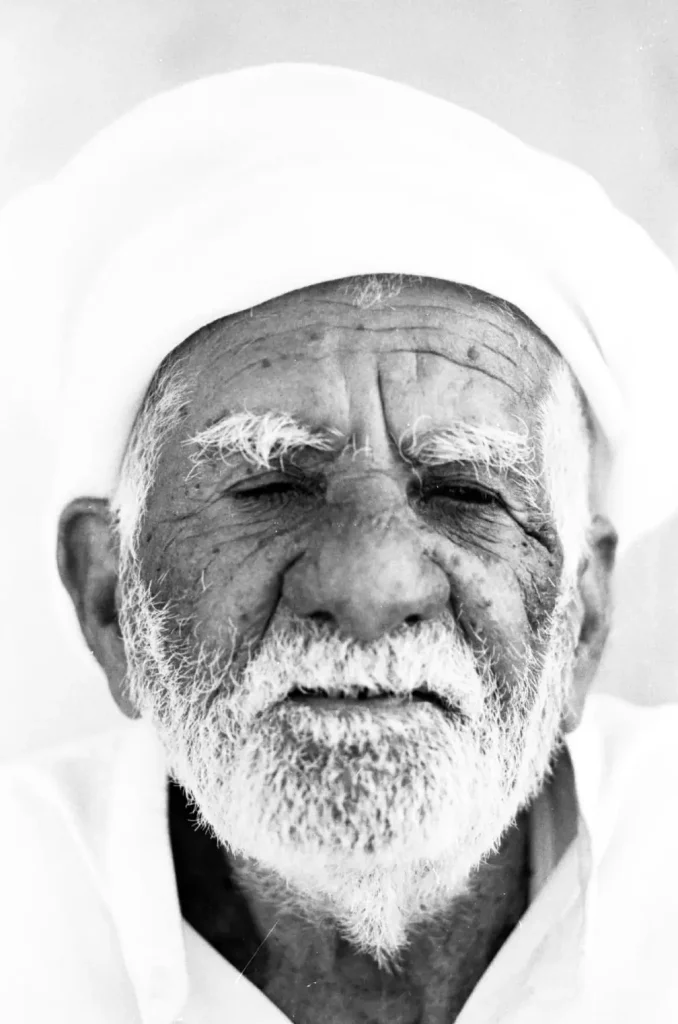
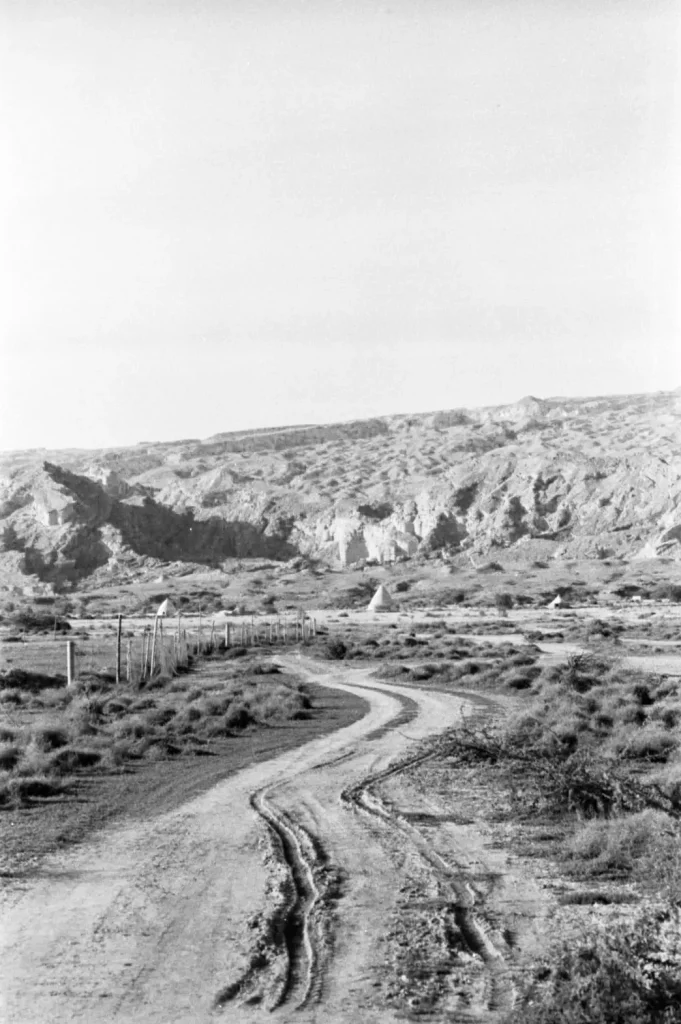
So here you have it : a glimpse into an experience that shaped me, as it would shape anyone else when undertaken at 20 years old. Seeing these pictures again, my feeling is that I would take them differently if I had to do it again, in more of a documentary way, rather than just travel snapshots and portraits, paying more attention to the story of people I photograph and showing their lives rather than remembering only their face. But what’s done is done. If you enjoyed the pictures, there are some more from these series as well as others on my website and on my instagram account.
Théo Lefort
Share this post:
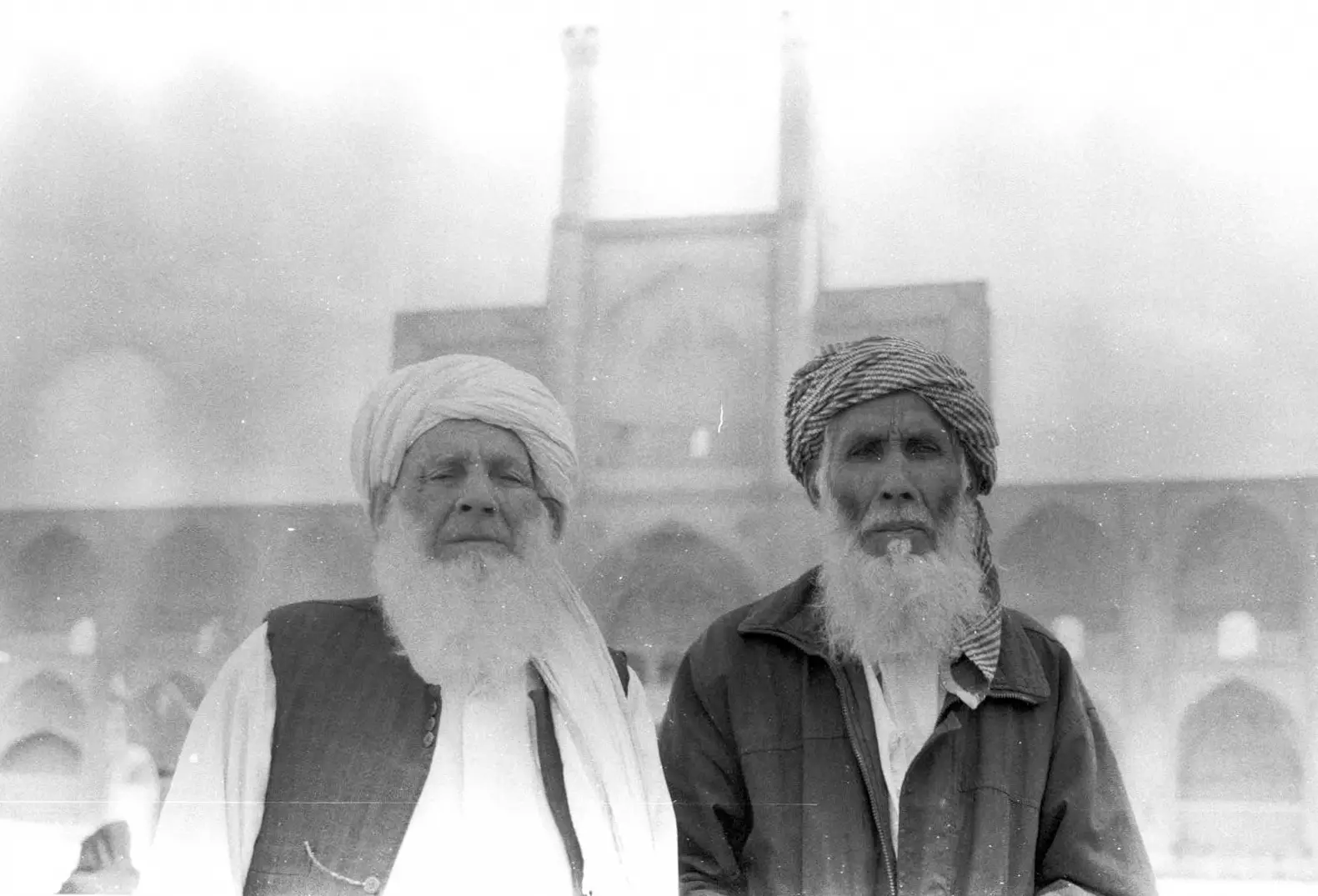








Comments
Ben on Experimenting with analog in Iran with an Olympus OM-2n – by Théo Lefort
Comment posted: 14/10/2020
Gerardo on Experimenting with analog in Iran with an Olympus OM-2n – by Théo Lefort
Comment posted: 14/10/2020
Lefort on Experimenting with analog in Iran with an Olympus OM-2n – by Théo Lefort
Comment posted: 14/10/2020
Ralph Turner on Experimenting with analog in Iran with an Olympus OM-2n – by Théo Lefort
Comment posted: 14/10/2020
Eric Norris on Experimenting with analog in Iran with an Olympus OM-2n – by Théo Lefort
Comment posted: 14/10/2020
I've been interested in Iran for a while now. Hope to be able to get there someday.
P.S. I recommend watching "Tehran" on Apple TV for an interesting protrayal of modern Iran.
Alexander Seidler on Experimenting with analog in Iran with an Olympus OM-2n – by Théo Lefort
Comment posted: 14/10/2020
Michael J on Experimenting with analog in Iran with an Olympus OM-2n – by Théo Lefort
Comment posted: 14/10/2020
Huss on Experimenting with analog in Iran with an Olympus OM-2n – by Théo Lefort
Comment posted: 14/10/2020
D Evan Bedford on Experimenting with analog in Iran with an Olympus OM-2n – by Théo Lefort
Comment posted: 15/10/2020
Scott Gitlin on Experimenting with analog in Iran with an Olympus OM-2n – by Théo Lefort
Comment posted: 16/10/2020
Marc Wick on Experimenting with analog in Iran with an Olympus OM-2n – by Théo Lefort
Comment posted: 16/10/2020